Recommended Readings on the Dharmas
Suggested books for K-12 students

Lights, Camera, Diwali
Amita Roy Shah
A children’s introduction to the Diwali festival.


Sri Lalita Coloring Workbook
Mata Amritanandamayi
A children’s coloring book based on the Lalita Sahasranama.

Devi Maa Puts the World to Sleep
Swamini Supriyananda
This book portrays the Hindu deity Devi Maa as the universal mother of all beings, giving comfort and protection to children. By devotedly tucking all creatures as her children into bed, Devi Maa’s family is seen to be global and all encompassing, echoing the concept of oneness.
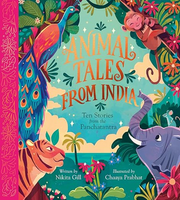
Animal Tales from India: Ten Stories from the Panchatantra
Nikita Gill and Chaaya Prabhat
Stories from the Panchatantra with good illustrations.
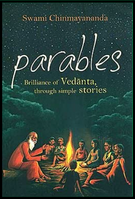
Parables: Brilliance of Vedanta through Simple Stories
Swamini Chinmayananda
This book is a collection of parables explaining Vedanta philosophy for children.
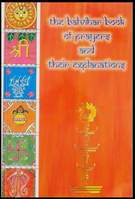
The Balvihar Book of Prayers and their Explanations
Swamini Aaradhanananda
This is a selection of some of the most common Hindu prayers, with word meaning and explanations.

Bala Ramayana
Swami Chinmayananda & Bharati Sukhtankar
This is a retelling of the Ramayana, one of the major ancient Hindu epics, appropriate for children.

Dasavataras See and Paint
Sri Ramakrishna Math, Chennai
This book is meant to introduce to children the ten incarnations of Lord Vishnu through an entertaining exercise of seeing the illustration and painting the corresponding drawing given side by side.
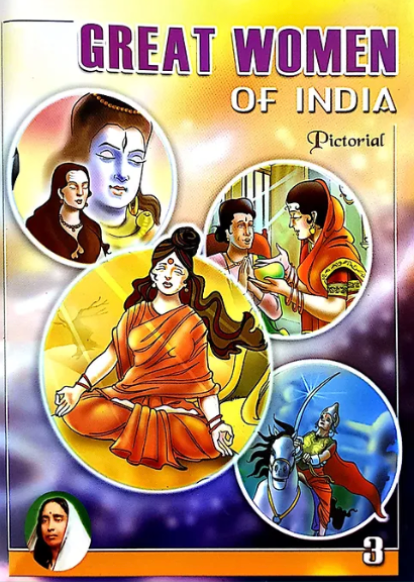
Great Women of India Volume 3
Dr. S. Ramani
The pages of Indian history, covering millennia, are illumined by the lives of great women radiating brilliance in different walks of life. This book contains the life sketches of Arundhati, Karaikkal Ammaiyar, Andal, Avvai, Akka Mahadevi, Unniyarcha, Rudramba and Rani Padmini.

Jai Jhulelal: Life and Teachings: an Illustrated Graphic Novel
Nandu Asrani
A graphic novel chronicling the life of Jhulelal, a beloved traditional savior of the Sindhi Hindu community.
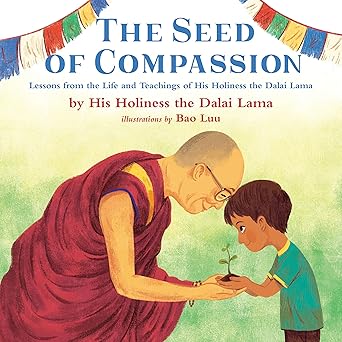
The Seed of Compassion
Dalai Lama
The Dalai Lama addresses children directly, sharing lessons of peace and compassion, told through stories of his own childhood. In a small village in Tibet, his mother was his first great teacher of compassion. With simple, powerful text, the Dalai Lama shares universalist teachings of treating one another with compassion, which Bao Luu illustrates beautifully in vibrant color.
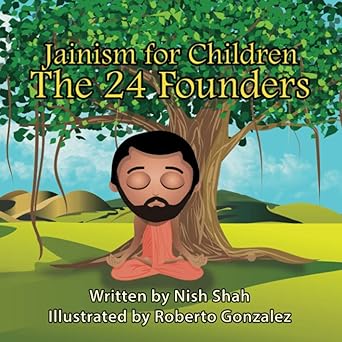
Jainism For Children: The 24 Founders
Nish Lalit Shah
Jains believe that twenty-four great spiritual leaders, or Tirthankars, were responsible for propagating certain fundamentals tenets of Jaina Dharma. This book gives a little background information about each of them. Kids will enjoy this introductory book full of captivating illustrations.
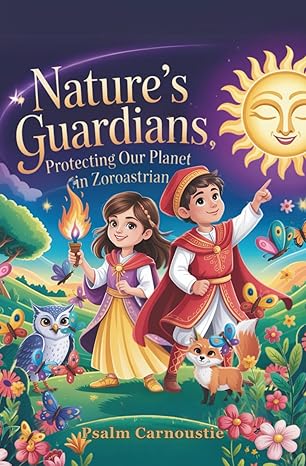
Nature's Guardians: Protecting Our Planet in Zoroastrian
Psalm Carnoustie
A vibrant and enchanting adventure designed for curious young readers. Through playful storytelling, magical landscapes, and delightful characters, this book introduces children to the ancient teachings of Zoroastrianism in a way that’s fun, accessible, and inspiring. Join Ahura Mazda, the wise and sparkly hero of creation, as he brings light and kindness into the world while facing off against the grumpy trickster Angra Mainyu. From mountains that whisper secrets to rivers that giggle and flames that dance, every page invites kids on an exciting journey filled with bravery, kindness, and the importance of caring for nature.
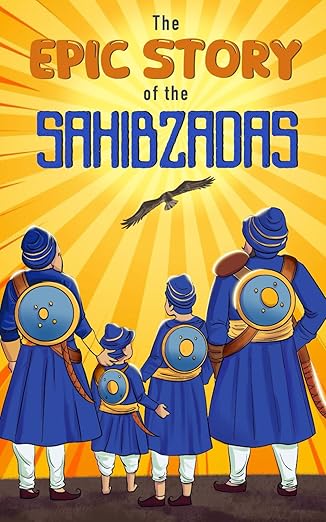
The Epic Story of the Sahibzadas: A Sikh History Chapter Book for Kids
Prem Ras Books
Kids will love this chapter book about one of the most incredible true stories in Sikh history—four youngsters who showed incredible bravery and strength in the face of overwhelming challenges. The Epic Story of the Sahibzadas tells the story of the four sons of the final Sikh Guru Gobind Singh Ji, who stood up to the might of oppressors with unwavering faith. Told in a modern voice and a hilarious style that kids will enjoy, this retelling honors the timeless legacy of the Sahibzadas.
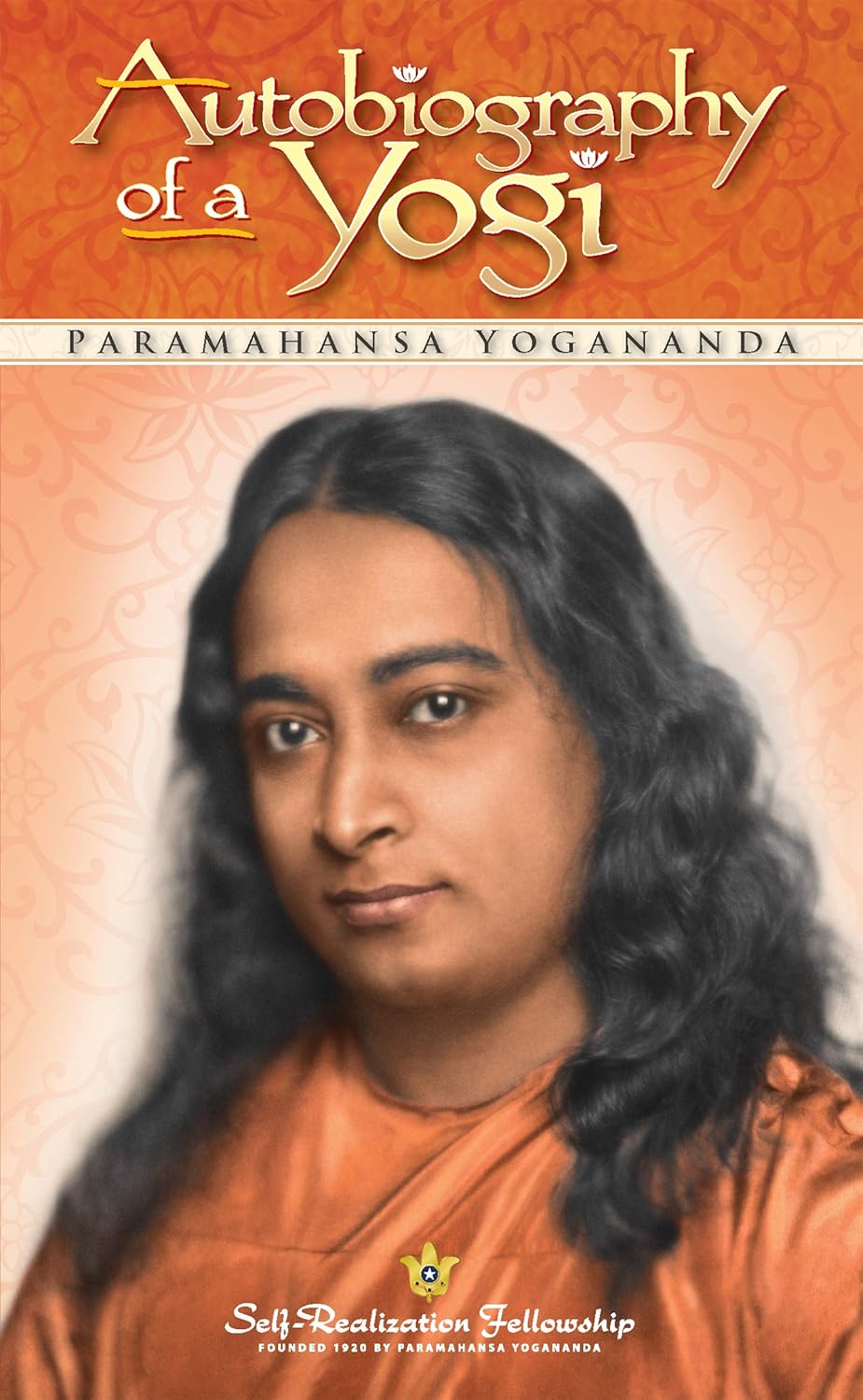
Autobiography of a Yogi
Paramahansa Yogananda
A hugely influential classic that helped introduce Yoga to the west.
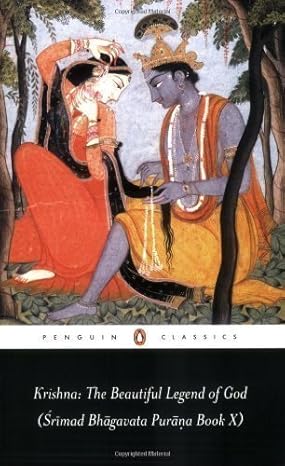
Krishna: The Beautiful Legend of God
Edwin F. Bryant
A scholarly translation of a popular and important Hindu source of knowledge on the incarnation and early life stories of Krishna, a manifestation of the Supreme Being in many traditions.
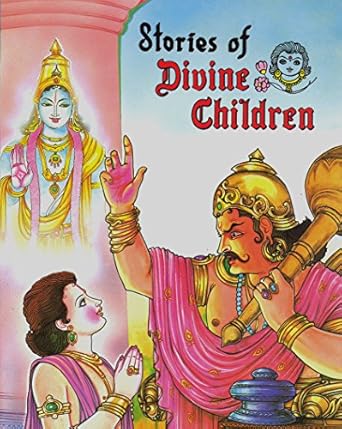
Stories of Divine Children
Swami Raghaveshananda
These are stories commonly told to Hindu children about various ancient children in Hindu histories and traditional narratives, as inspirational role models.
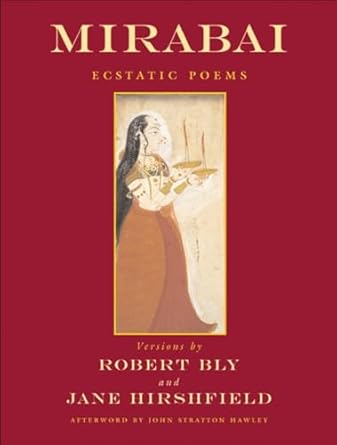
Mirabai: Ecstatic Poems
Robert Bly and Jane Hirshfield
In this collection, Robert Bly and Jane Hirshfield, two of America’s best poets, have created lively English versions of Mirabai’s poems, using fresh images and energetic rhythms to make them accessible to modern readers. Columbia University professor of religion John Stratton Hawley provides an afterword to the volume that discusses what is known of Mirabai’s life and reputation. With a historian’s precision, he shows how Bly and Hirshfield’s versions belong to a tradition of reinterpretation and rephrasing that is already centuries old. Mirabai comes to life through the impressive interpreting of her poems by Bly and Hirshfield. The poems feel as fresh today as they must have felt when this amazing woman sung them herself five centuries ago.
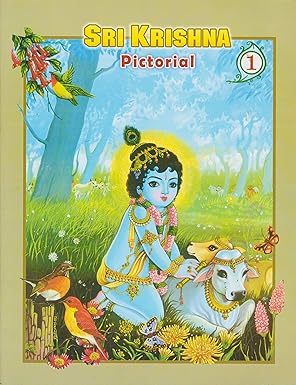
Sri Krishna (Pictorial): Vol 1 & 2
Swami Raghaveshananda
An illustrated telling of the life and exploits of Shri Krishna, a form of the Supreme Being in many Hindu traditions.
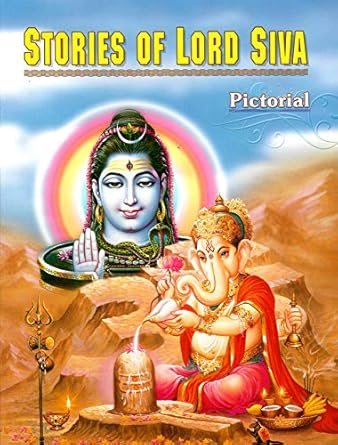
Stories of Lord Siva: Pictorial
Sri Ramakrishna Math, Chennai
An illustrated book of twenty stories about Shiva, a form of the Supreme Being in many Hindu traditions.
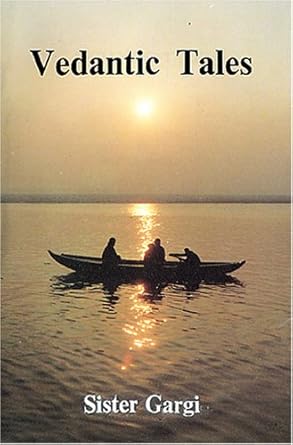
Vedantic Tales
Sister Gargi
Six stories based on traditional Hindu parables to convey certain elements of Vedanta philosophy.

The Spiritual Significance of Malas and Murtis
Sri Karunamayi
This booklet discusses the customary uses, care, and benefits of wearing or practicing with several important spiritual items in Hindu traditions. Specific items discussed include rudraksha, quartz crystal (sphatika), navaratna and tulasi necklaces, as well as sphatika Sri Chakra, Ganesha, and Shiva Linga icons.
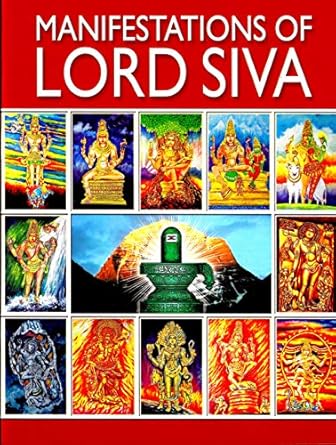
Manifestations of Lord Siva
Prof. K. Venkatachari
This book depicts twelve traditional manifestations of Shiva, the Supreme Being in many Hindu traditions, with illustrations, concise narrations of their traditional stories, their locations, and the textual sources about them.
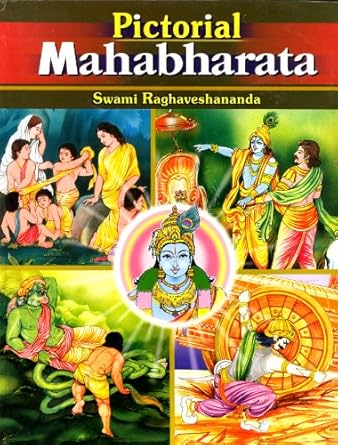
Pictorial Mahabharata
Swami Raghaveshananda
An illustrated telling of the Mahabharata, one of the great ancient Hindu epics.
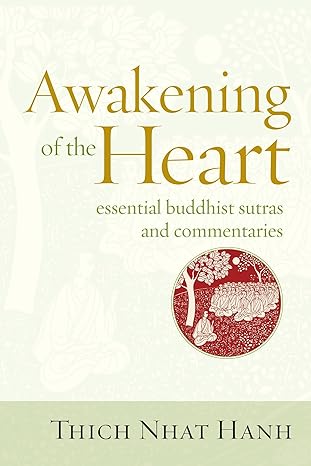
Awakening of the Heart: Essential Buddhist Sutras and Commentaries
Thich Nhat Hanh
A comprehensive collection of the 9 key Buddhist sutras, with contemporary commentary by Zen Master Thich Nhat Hanh. Thich Nhat Hanh has a unique talent to make the Buddha’s teachings accessible. Here he offers illuminating insights on essential Buddhist sutras, making a valuable resource for those looking for an introduction to Buddha Dharma.
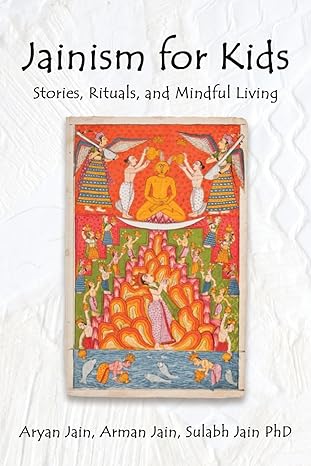
Jainism for Kids: Stories, Rituals, and Mindful Living
Aryan Jain, Arman Jain, Sulabh Jain
A colorful and engaging book that introduces young readers to the beautiful world of Jainism. Through exciting stories of important characters like Lord Mahavira, Parshvanatha, and other Tirthankaras, children are transported to ancient times to learn about the key values of Jainism, such as non-violence (ahimsa), truth, and compassion. The book also takes children on a journey through simple Jain ceremonies, explaining practices like fasting, daily prayers, and maintaining a vegetarian lifestyle. It answers questions such as why Jains don’t eat root vegetables, making the ceremonies relatable and meaningful. Questions and answers are written in an easy-to-understand language, encouraging children to think critically and explore their curiosity about Jain teachings and philosophy.
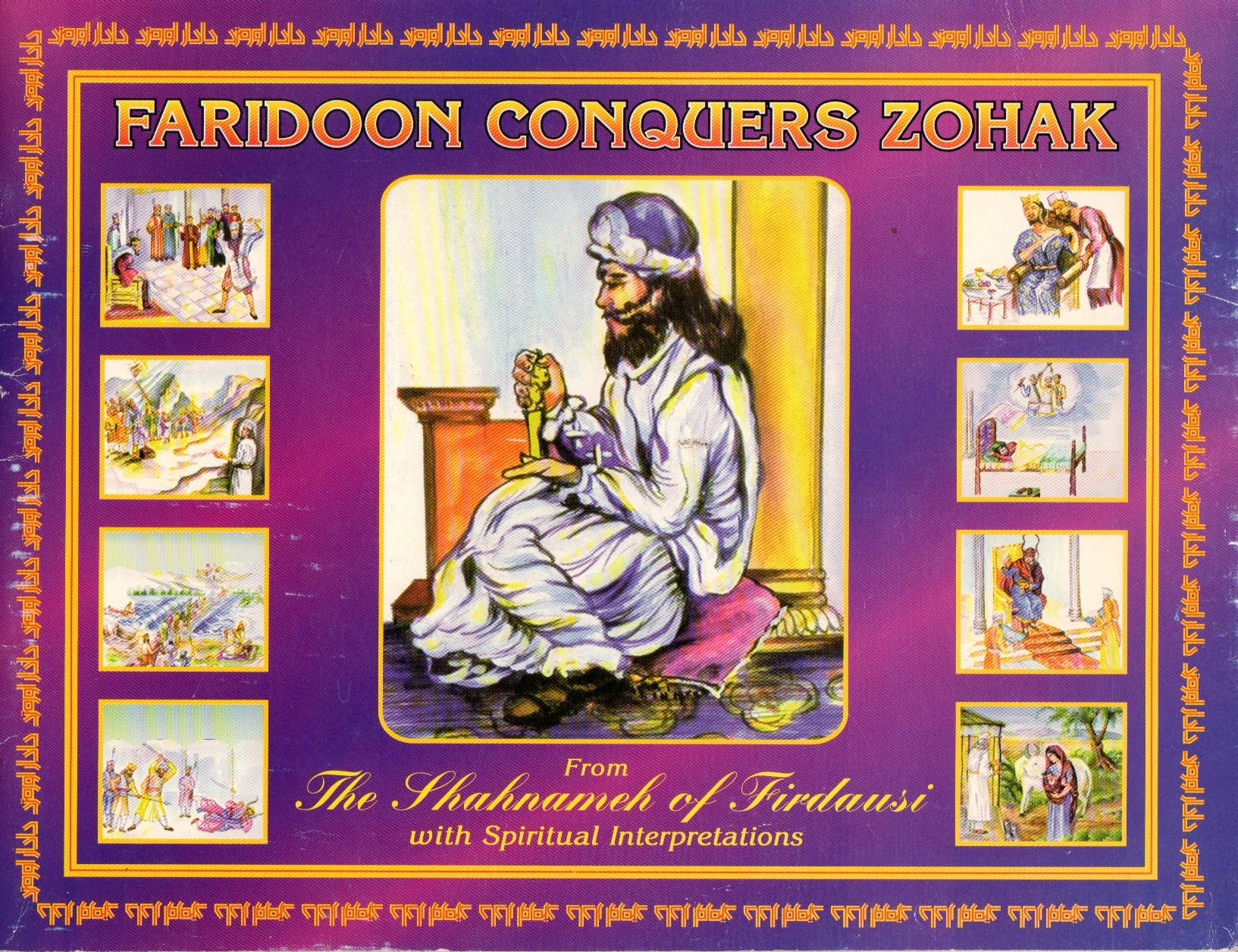
Faridoon Conquers Zohak from the Shahnameh of Firdausi with Spiritual Interpretations
Silloo Mehta
A children’s telling of a sacred Zoroastrian story excerpted from the epic Shahnameh, with spiritual interpretations by an esteemed Zoroastrian philosopher.
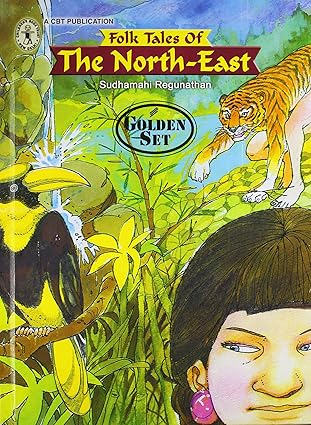
Folk Tales of The North-East
Sudhamahi Regunathan
Ancient folk tales from various tribal peoples of Northeast India.
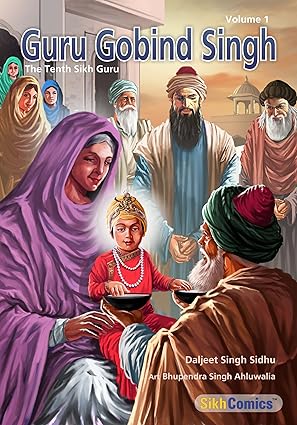
Guru Gobind Singh, The Tenth Sikh Guru
Daljeet Singh Sidhu
Guru Gobind Singh, the final Guru of the Sikhs, sacrificed everything he had so that ordinary men and women had the freedom to choose and follow the faith of their choice. He laid the foundation of a struggle initiated to free India from hundreds of years of subjugation by ruthless oppressors. This is a thrilling and exciting child-friendly account of the life and teachings of Guru Gobind Singh and a critical chapter in the history of Sikhism.
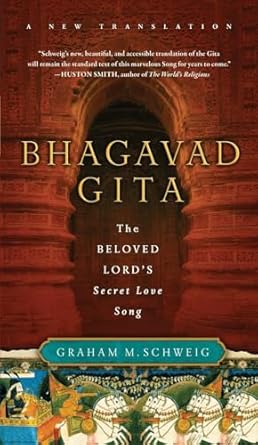
Bhagavad Gita: The Beloved Lord’s Secret Love Song
Graham M. Schweig
The most accurate translation of the Bhagavad Gita into English.
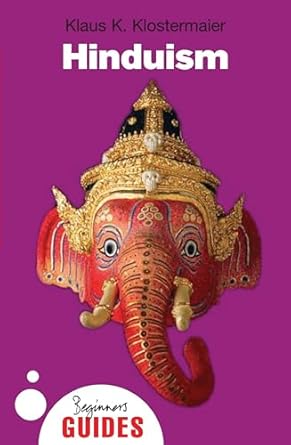
Hinduism: A Beginner’s Guide
Klaus K. Klostermaier
Explaining the origins, beliefs, scriptures and philosophies of this ancient religion, Klaus K. Klostermaier succeeds in capturing the rich diversity of rituals and gods that comprise Hinduism, while keeping the tone both engaging and informative. Covering contemporary issues such as the relationship between Hinduism and modern Western ideas, and imminent challenges the religion faces, this sweeping exploration of a fascinating and long-lasting belief system is essential reading for students, followers, and interested readers alike.
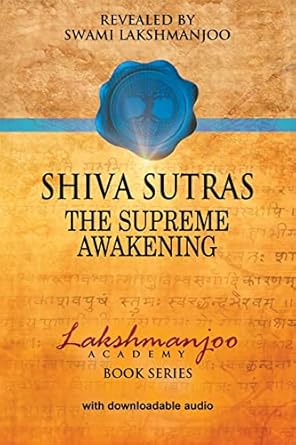
Shiva Sutras: The Supreme Awakening
Swami Lakshmanjoo
A very clear, easy-to-understand translation of a major traditional source of knowledge in the Kashmiri Shaiva tradition of Hindu Dharma, written by an authoritative Guru of this tradition. His commentary is based largely on the explanations of the oral tradition.
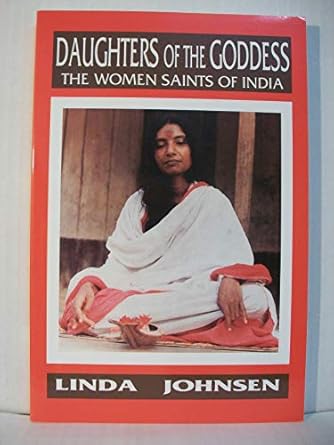
Daughters of the Goddess: The Women Saints of India
Linda Johnsen
A fascinating investigation of six great women saints of India.
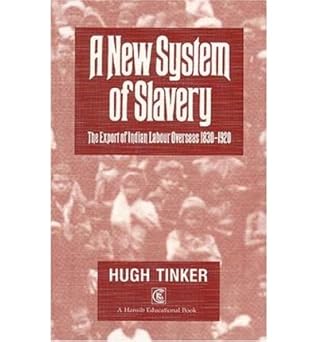
New System of Slavery the Export of Indian Labor Overseas 1830-1920
Hugh Tinker
The first comprehensive historical survey of a hitherto neglected and only partially known the export of Indians to supply the labour needed in producing plantation crops in Mauritius, South and East Africa, Caribbean and other countries. This followed the legal ending of slavery and Professor Tinker shows the many features the two systems had in common.
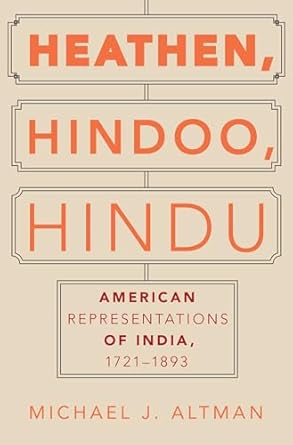
Heathen, Hindoo, Hindu: American Representations of India, 1721-1893
Michael J. Altman
Today, there are more than two million Hindus in America. But before the twentieth century, Hinduism was unknown in the United States. But while Americans did not write about “Hinduism,” they speculated at length about “heathenism,” “the religion of the Hindoos,” and “Brahmanism.” In Heathen, Hindoo, Hindu,Michael J. Altman argues that this is not a mere sematic distinction-a case of more politically correct terminology being accepted over time-but a way that Americans worked out their own identities. American representations of India said more about Americans than about Hindus. Cotton Mather, Hannah Adams, and Joseph Priestley engaged the larger European Enlightenment project of classifying and comparing religion in India. Evangelical missionaries used images of “Hindoo heathenism” to raise support at home. Unitarian Protestants found a kindred spirit in the writings of Bengali reformer Rammohun Roy. Popular magazines and common school books used the image of dark, heathen, despotic India to buttress Protestant, white, democratic American identity. Transcendentalists and Theosophists imagined the contemplative and esoteric religion of India as an alternative to materialist American Protestantism. Hindu delegates and American speakers at the 1893 World’s Parliament of Religions engaged in a protracted debate about the definition of religion in industrializing America. Heathen, Hindoo, Hindu is a groundbreaking analysis of American representations of religion in India before the turn of the twentieth century. Altman reorients American religious history and the history of Asian religions in America, showing how Americans of all sorts imagined India for their own purposes. The questions that animated descriptions of heathens, Hindoos, and Hindus in the past, he argues, still animate American debates today.
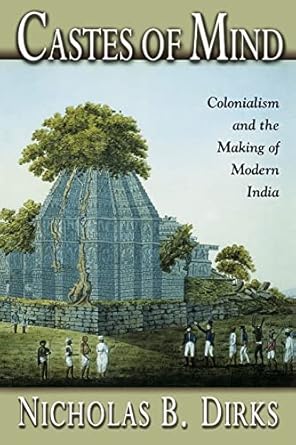
Castes of Mind: Colonialism and the Making of Modern India
Nicholas B. Dirks
When thinking of India, it is hard not to think of caste. In academic and common parlance alike, caste has become a central symbol for India, marking it as fundamentally different from other places while expressing its essence. Nicholas Dirks argues that caste is, in fact, neither an unchanged survival of ancient India nor a single system that reflects a core cultural value. Rather than a basic expression of Indian tradition, caste is a modern phenomenon–the product of a concrete historical encounter between India and British colonial rule. Dirks does not contend that caste was invented by the British. But under British domination caste did become a single term capable of naming and above all subsuming India’s diverse forms of social identity and organization.
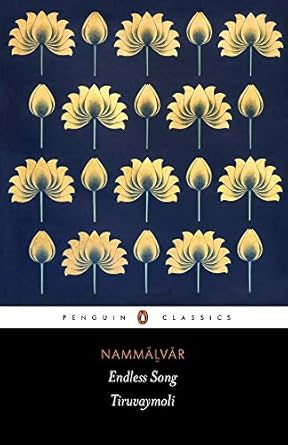
Endless Song
Archana Venkatesan
The Tiruvaymoli (sacred utterance or sacred truth) is a grand 1102-verse poem, composed by Sathakopan-Nammalvar, one of the Alvar saints. Ingeniously weaving a garland of words-where each beginning is also an ending-the poet traces his cyclical quest for union with the supreme lord, Visnu. In this magnificent translation, Archana Venkatesan transports the flavour and cadences of Tamil into English, capturing the different voices and range of emotions through which the poet expresses his enduring desire for release. The scholarly introduction illuminates the poem’s kaleidoscopic brilliance and the traditions of devotional religiosity it inspired.
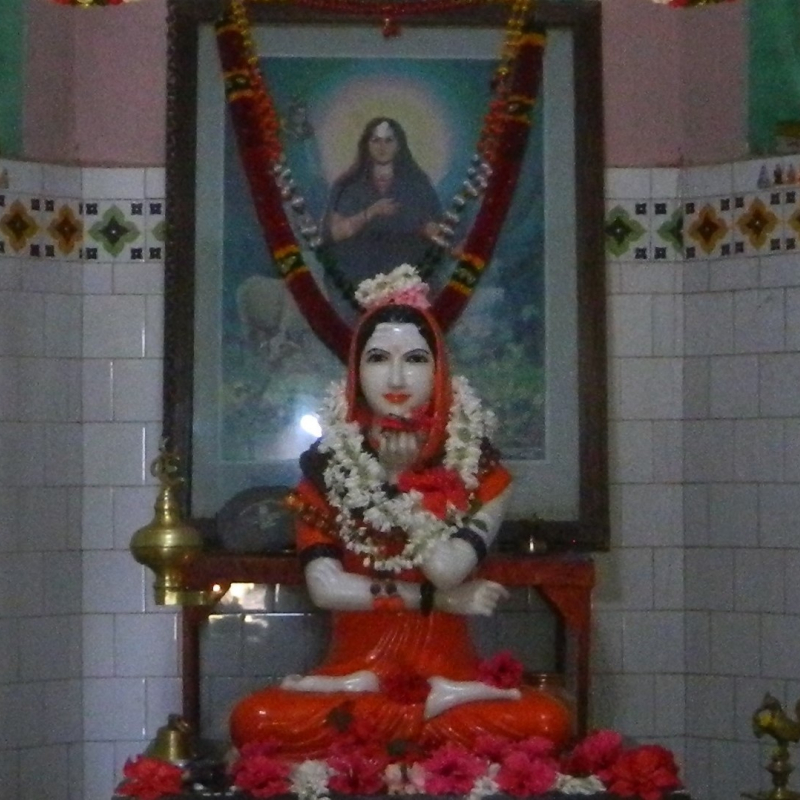
The Vachanas of Akkamahadevi
Varsha Nair
Akkamahadevi’s vachanas are astounding in their lyrical expanse and their force of devotion. Undoubtedly, the luminous figure of Akkamahadevi stands out from amongst all the sharanas and captivates us today as much as she captivated her contemporaries in the 12th century. It is through her own vachanas that we gain insights into her journey from her birthplace Uduthadi, to Kalyana and finally to the forests of Kadali in the Srisailam hills. This poet, saint, wanderer, mystic and seeker impresses both in terms of the sheer volume of vachanas she gave us (close to 400) as well as the intensity of the experience contained in them.
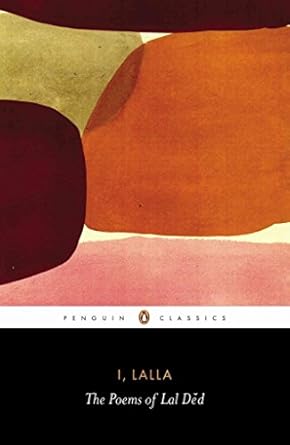
I, Lalla: The Poems Of Lal Ded
Ranjit Hoskote
The poems of the fourteenth-century Kashmiri mystic Lal Ded, popularly known as Lalla, strike us like brief and blinding bursts of light. Emotionally rich yet philosophically precise, sumptuously enigmatic yet crisply structured, these poems are as sensuously evocative as they are charged with an ecstatic devotion. Stripping away a century of Victorian-inflected translations and paraphrases, and restoring the jagged, colloquial power of Lalla’s voice, in Ranjit Hoskote’s new translation these poems are glorious manifestos of illumination.
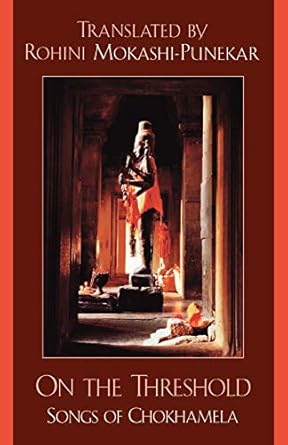
On the Threshold: Songs Of Chokhamela
Rohini Mokashi-Punekar
A member of a very low Jati in fourteenth-century western India, Chokhamela was cast out of temples because of his status. But his poetry captures his waiting on the threshold of Hindu temples, without anger, without self-pity. Chokhamela belonged to the varkari tradition of Maharashtra, a sect that worshipped the god Vitthal but questioned the medieval caste ideology prevalent at the time. The varkari tradition emphasizing simplicity is still alive in India today.
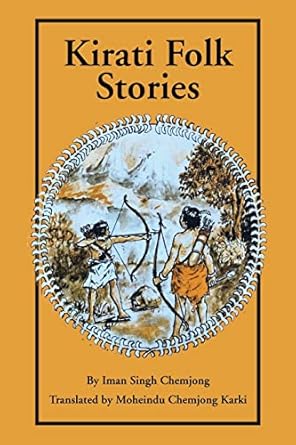
Kirati Folk Stories
Iman Singh Chemjong and Moheindu Chemjong Karki
This collection of Kirati folk stories was compiled and published in Nepali by the famous Kirati historian and scholar, Iman Singh Chemjong in 1965. These folk tales offer a glimpse into the lives of the Kirati people of yesteryear, and they carry beautiful gems of moral values. The book was translated into English by his granddaughter, Moheindu Chemjong Karki.
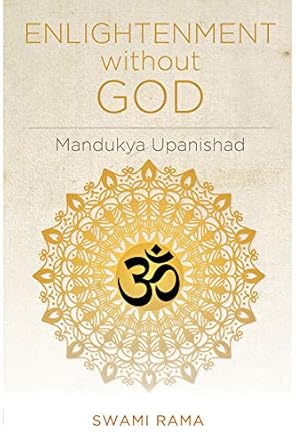
Enlightenment Without God
Swami Rama
It is a common misconception that a spiritual seeker must have faith in a god or divine entity to achieve self-realization. When one understands the teachings of the Upanishads, enlightenment is possible here and now without the word “God.”
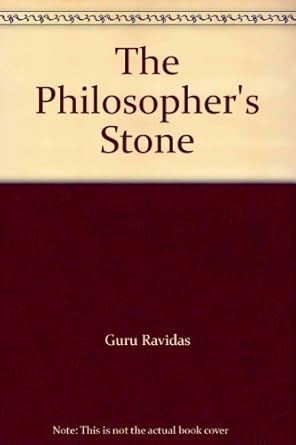
Guru Ravidas: The Philosopher’s Stone
K. N. Upadhyaya
This book presents the life and a summary of the teachings of Guru Ravidas, who rose to be hailed as one of the most prominent all well-loved saints of India. Different opinions about the facts of his life and dates of his birth and death have been discussed by the author not to enter into a controversy, but simply to present the life story of the saint as generally accepted by scholars. The book also includes numerous examples from Ravidas’s own poetry, organized by topic. Ravidas supported himself as a cobbler. Though he had many wealthy disciples, even kings and queens, he set an example of living on one’s own honest earnings. His teachings, shown through his forthright and powerful poems and verses, reflect intense longing and a deep feeling of love for God. The appeal and beauty of his message, like that of all true mystics and saints, is that it comes from his own experience, not from book learning, and that those who put his teachings into practice can replicate his experiences and merge back into the Lord. In this edition a minor revision of the original text, first published in 1982, has been undertaken. The language has been modernized and a glossary has been added. A bibliography is included, as well as an index of transliterations of the first lines of the Hindi verses for readers who might want to reference the Hindi original. In some of the poems explanatory phrases have been added to the translation. This material is placed in round brackets for ease of readability.

Tritiya-Prakriti: People of the Third Sex: Understanding Homosexuality, Transgender Identity and Intersex Conditions Through Hinduism
Amara Das Wilhelm
Tritiya-Prakriti: People of the Third Sex is a collection of years of research into a topic seldom discussed or easily found within the Hindu/Vedic scriptural canon. Based entirely upon authentic Sanskrit references and modern concurring facts, the book guides us through the original Hindu concept of a “third sex” (defined as homosexuals, transgenders and the intersexed), how such people were constructively incorporated into ancient Indian society, and how foreign influences eventually eroded away that noble system. It discusses how this concept can be practically applied in today’s modern world, the importance of all-inclusiveness in human society, and the spiritual principle of learning to transcend material designations altogether. Tritiya-Prakriti: People of the Third Sex will be a valuable source of reference for anyone interested in Hindu/LGBTI studies whether they are newcomers to the field or seasoned veterans of Vedic knowledge. It offers a veritable treasure trove of fresh information and ideas that will likely challenge the reader to rediscover and rethink Hinduism’s traditional understanding and treatment of gay, lesbian, and other gender-variant people within its culture.

Red Lipstick: The Men in My Life
Laxmi Narayan Tripathi
The world keeps taunting him as girlish but the fact is that, biologically, he is a boy. And, he is always attracted to guys. Is Laxmi both a man and a woman? Or, perhaps, neither a man nor a woman? The first inklings and stirrings of lust that Laxmi remembers came from noticing big, strong arms, the hint of a guy s moustache over his lips, billboards that advertised men s underwear. Laxmi found this puzzling initially. Was there a woman inside him who couldn t really express herself because of some last-minute mix-up that god did at the time of his birth? Struggling with such existential questions, Laxmi Narayan Tripathi, eminent transgender activist, awakens to her true self: She is Laxmi, a hijra. In this fascinating narrative Laxmi unravels her heart to tell the stories of the men– creators, preservers, lovers, benefactors, and abusers–in her life. Racy, unapologetic, dark and exceptionally honest, these stories open a window to a brave new world.

The Goa Inquisition
Anant Kakba Priolkar
The Goa Inquisition was established in 1560 and finally abolished in 1812. Although its headquarters were at Goa, its jurisdiction extended to entire Portuguese possessions to the east of the Cape of Good Hope, and it had its commissaries in other major centres. It was started originally to punish Christian converts from Judaism, but next it turned its attention to native converts to Christianity from other faiths, almost all of whom had been converted by threat of force or material rewards. This book presents a dispassionate and objective account of the various aspects of the activities of the Inquisition at Goa, against the wider background of the religious policy of the Portuguese in the East. It is mainly based on contemporary material, such as documents in the official archives, correspondence of the Jesuit missionaries and information given by European travellers. At the end is reprinted an account given by Dr. Dellon of his experiences as a prisoner for about three years.
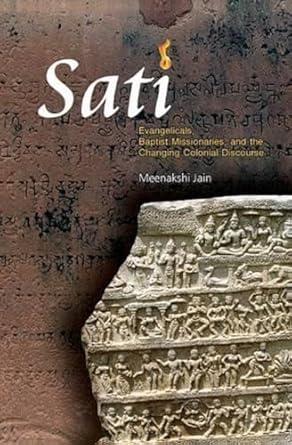
Sati: Evangelicals, Baptist Missionaries, and the Changing Colonial Discourse
Meenakshi Jain
Meenakshi is a meticulous professional historian, she quotes all the relevant sources, with descriptions of Sati from the ancient through the medieval to the modern period. She adds the full text of the relevant British and Republican laws and of Lord Wiliam Bentinck’s Minute on Sati (1829), that led to the prohibition on Sati. This book makes the whole array of primary sources readily accessible, so from now on, it will be an indispensible reference for all debates on Sati.
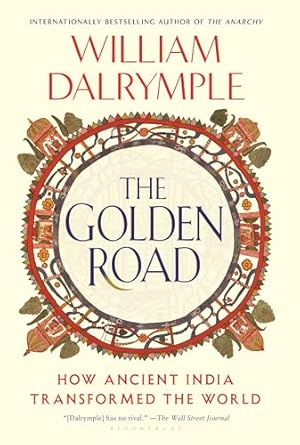
The Golden Road: How Ancient India Transformed the World
William Dalrymple
For a millennium and a half, India was a confident exporter of its diverse civilization, creating around it a vast empire of ideas. Indian art, religions, technology, astronomy, music, dance, literature, mathematics and mythology blazed a trail across the world, along a Golden Road that stretched from the Red Sea to the Pacific. In The Golden Road, William Dalrymple draws from a lifetime of scholarship to highlight India’s oft-forgotten position as the heart of ancient Eurasia. For the first time, he gives a name to this spread of Indian ideas that transformed the world. From the largest Hindu temple in the world at Angkor Wat to the Buddhism of China, from the trade that helped fund the Roman Empire to the creation of the numerals we use today (including zero), India transformed the culture and technology of its ancient world – and our world today as we know it.
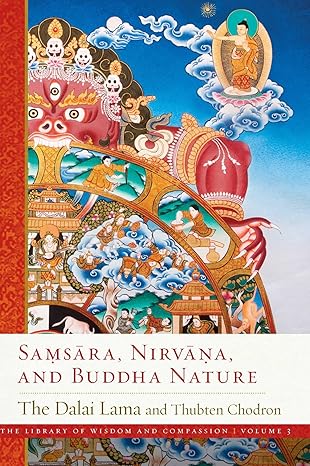
Samsara, Nirvana, and Buddha Nature
Dalai Lama and Thubten Chodron
In this book the Dalai Lama explains Buddhist teachings of how the mind can be the basis for both the duhkha of samsara (the unpurified mind) and the bliss and fulfillment of nirvana (the purified mind). The book first takes readers through Buddhist thought on the self, the four truths, and their sixteen attributes. It then explains afflictions—including how they arise and their antidotes—followed by an examination of karma and cyclic existence, and, finally, a deep and thorough elucidation of Buddha nature.
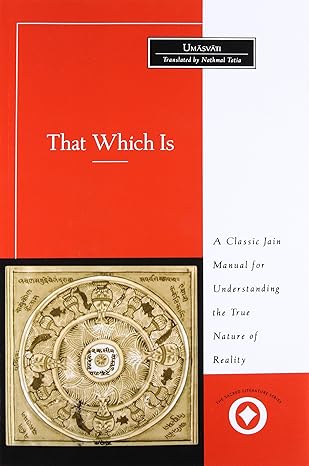
That Which Is: Tattvartha Sutra
Umasvati
This classic Jain manual for understanding the true nature of reality is sponsored by the Institute of Jainology as the most authoritative and comprehensive summary of the Jain Dharma.
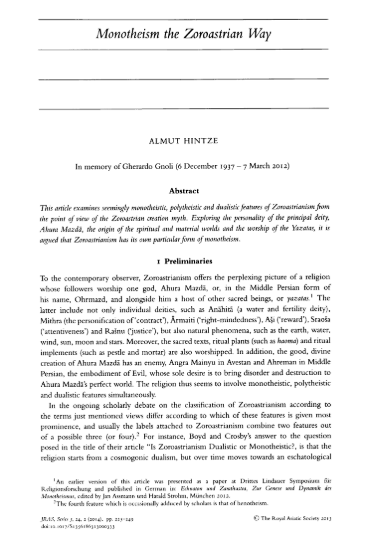
Monotheism the Zoroastrian Way
Almut Hintze
This text examines seemingly monotheistic, dualistic, and henotheistic features of Zoroastrianism from a Zoroastrian point of view, rather than the external lenses often applied. Exploring the personality of the principal deity, Ahura Mazda, the origin of the spiritual and material worlds as well as the veneration of the Yazatas, it is argued that Zoroastrianism has its own particular form of theism.
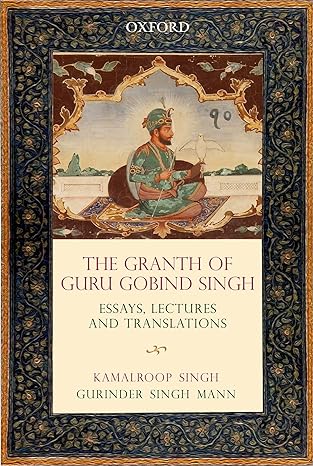
The Granth of Guru Gobind Singh: Essays, Lectures, and Translations
Kamalroop Singh and Gurinder Singh Mann
In this text, the authors offer new insights into the Sikh scripture, Dasam Patshah Ka Granth, or the Dasam Granth, which has traditionally been attributed to the final Sikh Guru, Gobind Singh. While many studies have adopted a polemic approach and focused on the authorship of the text, this book takes a multi-disciplinary approach and considers the relationship of the scripture with the newly discovered manuscripts, apocryphal translations, and relics. The manuscript tradition of the Granth shows how it was written and compiled during Guru Gobind Singh’s time and how its compositions were transmitted. In this volume, the authors have included translations of selected compositions from the scripture. This book, in essence, takes the reader through relevant history of the Sikh Dharma and establishes the centrality of the Dasam Granth within it.
